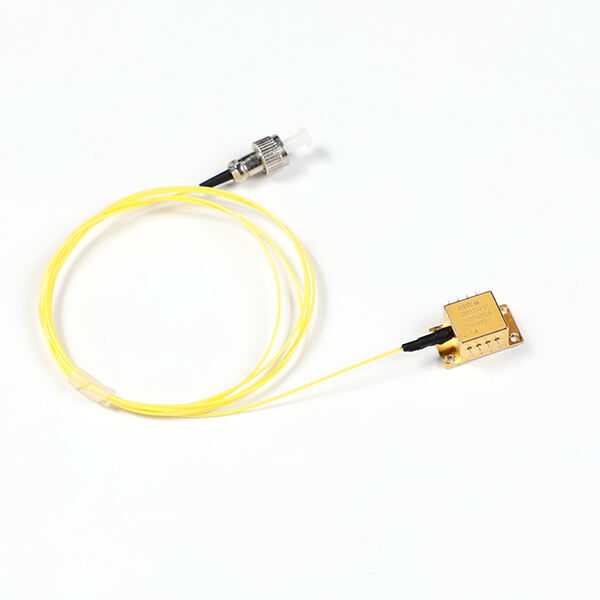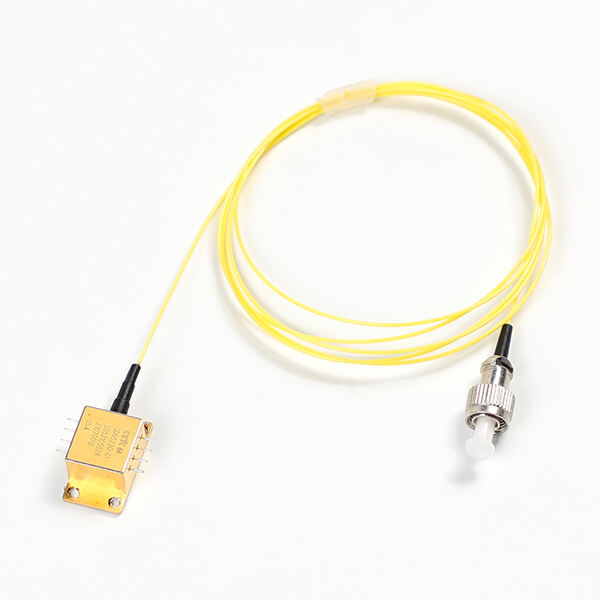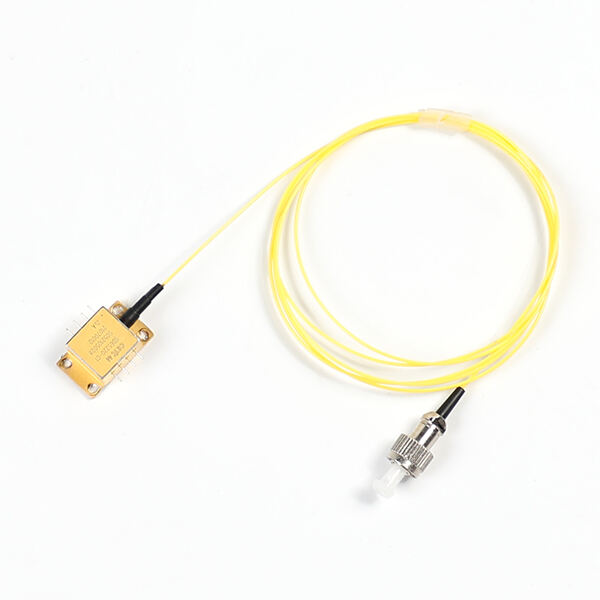Introducing The Photodiode APD by Anhui Giant Optoelectronics
A photodiode APD is merely a special kinds of light sensor which will detect possibly the tiniest quantities of light, along with Anhui Giant Optoelectronics's product analog time to digital converter. And this in fact is great at picking right on up specific things like lasers and also other forms of light you could possibly never be able to see along with your own eyes. This is often useful in an array of circumstances, from clinical experiments to medical evaluating to measuring the brightness regarding the TV display screen.

On the list of cool known reasons for a photodiode APD would be the fact that it utilizes something called avalanche multiplication, identical to time to digital converter tdc innovated by Anhui Giant Optoelectronics. Which could appear to be another big, fancy word, but what this implies is whenever a photon (only a little particle of light) hits the sensor, it makes very much electrons to move, making the signal more powerful than it would be with a regular photodiode. This makes photodiode APDs much more sensitive and painful and accurate than a number of other kinds of light sensors.

Like most tool, this can be important to utilize your photodiode APD properly, also the Anhui Giant Optoelectronics's product such as picosecond fiber laser. This means wearing protective gear like goggles or gloves if you should be dealing with lasers or other high-intensity light sources. And in addition it means making sure that you might be utilizing the right sort of sensor for the job - Some photodiode APDs are created to use infrared light, for example, while others are better suited to bright blue or green light.

If you are thinking about using a photodiode APD, there are numerous things it is in addition crucial to do not forget to ensure that you get the essential from the sensor, as well as the frequency comb generator supplied by Anhui Giant Optoelectronics.
We provide range options, such function customization, parameter customisation, photodiode apd, test samples.
Based on our company's research development capabilities We developed a photodiode apd of products that among the best in the market for performance and functionality.
We are committed company with a focus on optoelectronics. Our expertise photodiode apd every aspect of our work spans from cutting-edge research development to precision manufacturing.
We have a photodiode apd of experience tailoring solutions meet the requirements every customer.
Very important things to think of when selecting a photodiode APD may be the quality connected with sensor it self, similar to the Anhui Giant Optoelectronics's product like single photon sensor. It is also important to locate a maker with a reputation good a lot of expertise creating high-quality sensors. And you ought to would also like to cover concentrate on things such as the sensor's sensitivity, response time, and noise level, to be sure it is well-suited for the variety of work you will be doing.
- Medical testing: Where they are often used to gauge the level of light reflected by arteries or tissues
- Systematic experiments: Where they are often used to identify small degrees of light emitted by particles or atoms
- Communications systems: Where they could be used to amplify signals in soluble fiber optic cables
- Creative jobs: Where they are often used to make interactive installations that respond to light when you look at the environment
1. Link your photodiode APD to a charged power supply and a pc or other unit that may see the production signal.
2. Make sure the sensor lies precisely in accordance with the origin of light you are measuring. Most photodiode APDs have small lens regarding the front side that can help to concentrate the incoming light.
3. If you are working together with lasers or other high-intensity light sources, make sure to wear appropriate security gear like goggles or gloves.
4. If you are seeing noise or signals that are unwelcome your output, take to adjusting the sensitivity or other settings on your sensor to lessen disturbance.